Update: 25 April 2024
hTMA and Autistic Children
Study's Authors: Lakshmi Priya, MD, and A. Geetha
Levels of trace elements (copper, zinc, magnesium and selenium) and toxic elements (lead and mercury) in the hair of children with autism
Autism is related to nutritional imbalances and heavy metal accumulation, either of which can affect neurological functioning. Contributing factors to the development of autism are multi-causal, many of which can be assessed through hair tissue mineral analysis. Therefore, the approach to therapy should be addressed and individualized based upon the individual child and not a general therapy for an entire group of affected children.
In this study, the assessment of nutritional and heavy metals was performed on children diagnosed with autism as compared to controls. The researchers looked at hair and nail samples from a total of 95 children. These children were divided into four groups - a typical (control) group with 50 children, and a low functioning group (LFA) with 15 children, a medium function group (MFA) with 15 children, and high function group (HFA) that also had 15 children. The study looked for and found a relationship between the levels of trace and toxic elements and the severity of autism in children. The trace elements in question are copper, zinc, magnesium, and selenium while the toxic elements are lead and mercury.
Results showed that hair copper concentrations could be correlated with the degree of severity, in that the higher the copper burdens, the more severe the autism. Levels of lead and mercury were also found higher in the affected group and increased with the degree of severity. Whereas, selenium and magnesium were significantly different in the low functioning group of children compared to others in the affected group as well as controls. In general, children with more severe autism had higher levels of copper, lead, and mercury and lower levels of selenium and magnesium. Zinc was the exception as there wasn't a significant relationship between severity and the level measured. However, children in the LFA group did show a significant decrease in zinc when compared to the control group.
Source: https://www.ncbi.nlm.nih.gov/
Consistent findings using hTMA
Sample results from both hair (hTMA) and nail tissue mineral biopsies produce consist ant graphic representations. These graphs clearly show that there is a correlation between autism severity and mineral imbalances.
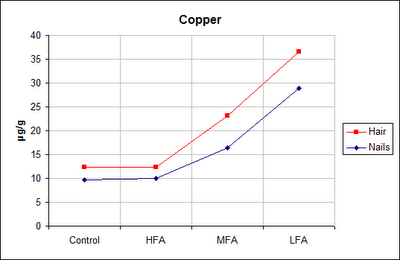
Copper Levels. The copper levels of both the control group and the high-functioning group (HFA) are very close, where the medium-functioning (MFA) and low-functioning (LFA) group levels increase exponentially.
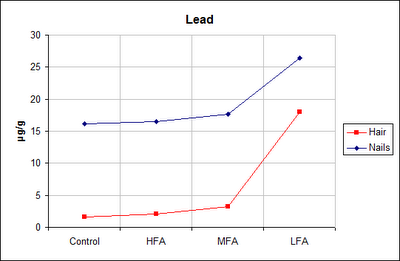
Lead Levels. Similar lead levels appear in both the control group and the HFA. In the MFA and LFA groups the levels of lead toxicity increase exponentially.

Mercury Levels. Lower mercury levels appear in the control group and the HFA. Once again, in the MFA and LFA groups levels of mercury toxicity increase significantly.
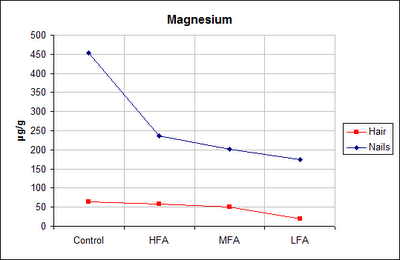
Magnesium Levels. In contrast to the graph curves of toxic minerals, the nutrient element magnesium levels in both the control and the HFA groups appear high. While MFA and LFA group levels have a marked decrease.
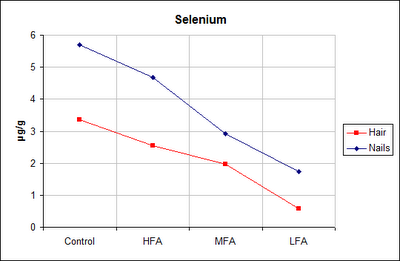
Selenium Levels. Selenium levels of the control and the HFA groups appear high, where in the MFA and LFA groups, selenium levels steadily decrease.
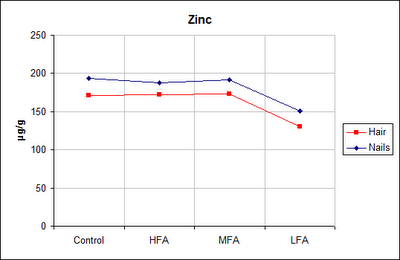
Zinc Levels. Zinc levels of the control, HFA and the MFA groups are higher than LFA group.